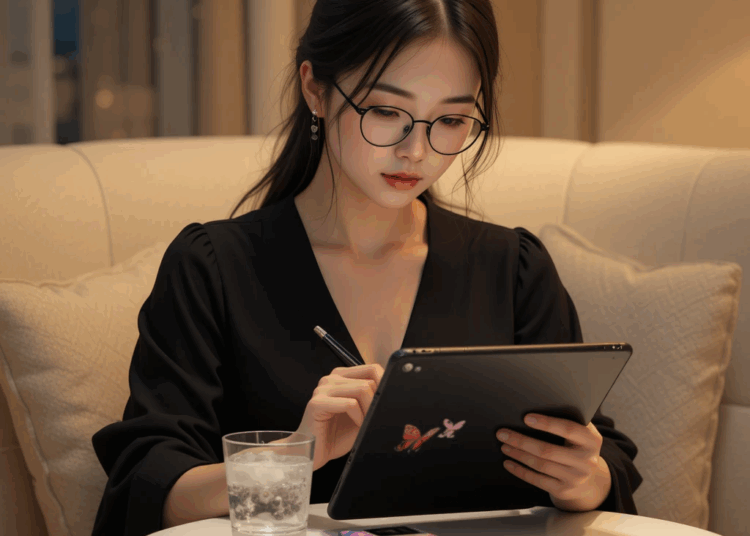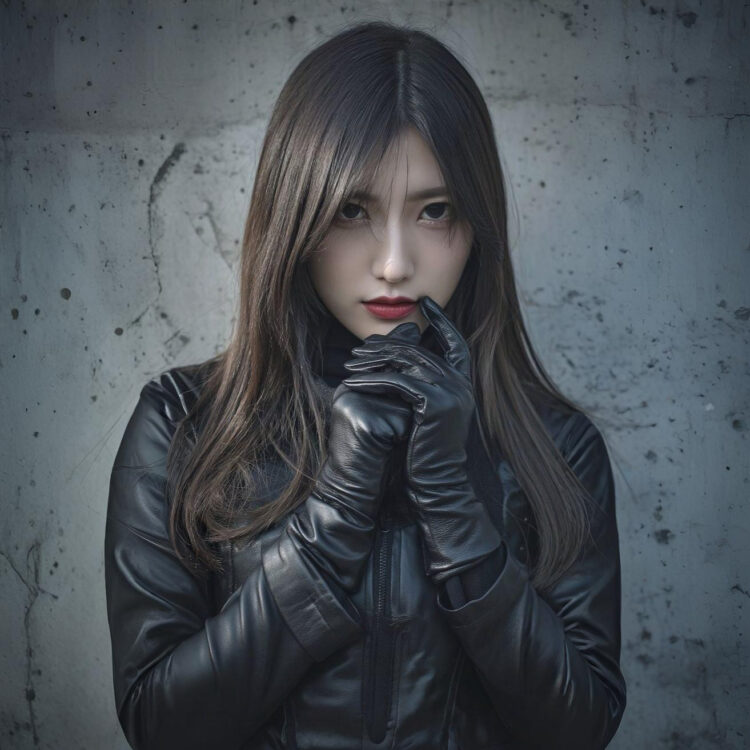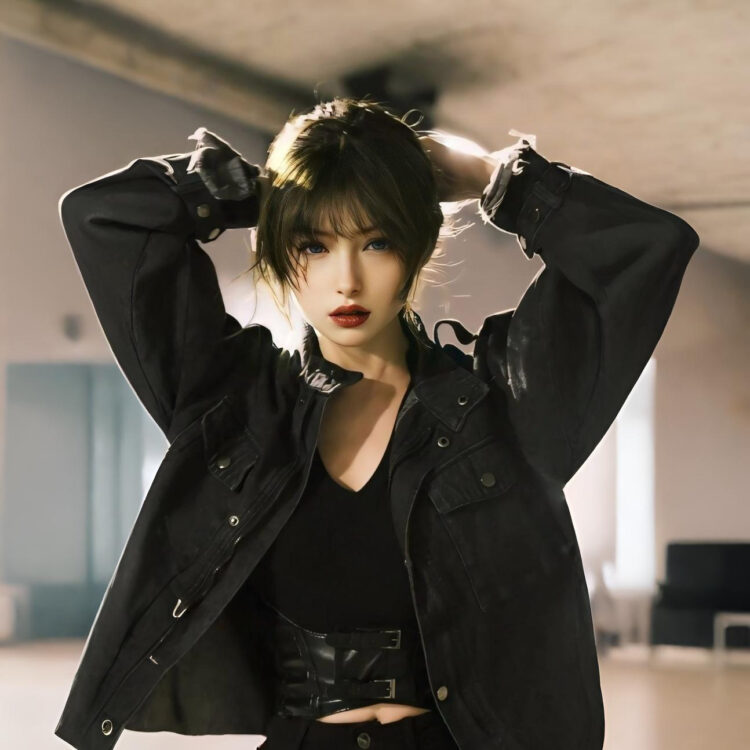Embark on a journey exploring the contrasting choices between natural beauty and cosmetic enhancements with Natural vs. Cosmetic: What Women Around the World Prefer. Delve into the diverse cultural attitudes and factors influencing women's beauty preferences globally.
 In this section, we will delve into how beauty standards vary across different regions of the world, exploring traditional practices that prioritize natural beauty and analyzing the impact of globalization on beauty preferences.
.
In this section, we will delve into how beauty standards vary across different regions of the world, exploring traditional practices that prioritize natural beauty and analyzing the impact of globalization on beauty preferences.
.
 When it comes to beauty products, sustainability and ethical considerations play an increasingly important role in shaping women's preferences. Consumers are becoming more conscious of the impact their choices have on the environment and society, leading to a shift towards more sustainable and ethical options.
When it comes to beauty products, sustainability and ethical considerations play an increasingly important role in shaping women's preferences. Consumers are becoming more conscious of the impact their choices have on the environment and society, leading to a shift towards more sustainable and ethical options.
Natural vs. Cosmetic Preferences
In various cultures around the world, the debate between embracing natural beauty and opting for cosmetic enhancements continues to shape beauty standards and preferences among women. While some societies value natural features and advocate for minimal use of beauty products, others embrace cosmetic procedures and products as a way to enhance their appearance.Cultural Attitudes Towards Natural Beauty vs. Cosmetic Enhancements
- In some cultures, such as Japan and South Korea, there is a strong emphasis on natural beauty, with skincare routines focusing on achieving healthy, glowing skin without heavy makeup.
- On the other hand, countries like the United States and Brazil have a more accepting attitude towards cosmetic enhancements, with procedures like botox, fillers, and plastic surgery being common practices.
- These cultural attitudes are often influenced by societal norms, media representation, and historical beauty standards that have evolved over time.
Factors Influencing Women's Choices Between Natural and Cosmetic Beauty Products
- Personal preferences and self-perception play a significant role in determining whether women opt for natural beauty products or cosmetic enhancements.
- Peer pressure, societal expectations, and the desire to conform to beauty ideals also influence women's choices in selecting beauty products.
- Accessibility, affordability, and awareness of different beauty options can impact whether women lean towards natural skincare or invest in cosmetic treatments.
Social Media and Celebrity Influence on Beauty Preferences Globally
- Social media platforms like Instagram, TikTok, and YouTube have revolutionized the beauty industry by showcasing diverse beauty trends and influencing consumer preferences.
- Celebrities and influencers often promote cosmetic products and procedures, shaping beauty standards and influencing millions of followers worldwide.
- The rise of beauty influencers has created a space for dialogue on natural beauty, body positivity, and the acceptance of imperfections, challenging traditional beauty norms.
Regional Beauty Standards
 In this section, we will delve into how beauty standards vary across different regions of the world, exploring traditional practices that prioritize natural beauty and analyzing the impact of globalization on beauty preferences.
In this section, we will delve into how beauty standards vary across different regions of the world, exploring traditional practices that prioritize natural beauty and analyzing the impact of globalization on beauty preferences.
Asia
In many Asian cultures, natural beauty is highly valued, with an emphasis on clear, youthful skin and minimal makeup. Traditional practices such as using natural ingredients like rice water, green tea, and turmeric for skincare have been passed down through generations.Africa
In various African countries, beauty standards often celebrate features like dark skin, full lips, and natural hair. Traditional practices like using shea butter, argan oil, and other natural ingredients for skincare and hair care highlight the importance of embracing one's natural beauty.Europe
In Europe, beauty standards have been influenced by a mix of natural and cosmetic preferences. While some countries prioritize a natural look with subtle makeup and skincare routines that focus on enhancing natural features, others lean towards more dramatic makeup styles and treatments.Americas
In North and South America, beauty standards can vary widely due to the diverse cultural influences present in these regions. While some countries place a strong emphasis on natural beauty and holistic practices, others may lean towards more cosmetic enhancements and treatments.Cultural Perspectives on Beauty
Cultural norms and values play a significant role in shaping women's perceptions of beauty, influencing whether they lean towards natural or cosmetic beauty preferences. Beauty rituals deeply embedded in various cultures further impact these preferences, reflecting the values and traditions of different societies. Historical events have also left a mark on beauty trends, shaping the ideals of beauty in diverse communities.The Influence of Cultural Norms on Beauty Preferences
Beauty standards vary widely across different cultures, with some societies emphasizing natural beauty while others prioritize cosmetic enhancements. In some cultures, natural beauty is celebrated as a reflection of purity and authenticity, leading women to embrace their natural features. On the other hand, societies that value elaborate beauty rituals may encourage the use of cosmetics to enhance one's appearance. These contrasting perspectives highlight how cultural norms shape individual preferences- In Japan, the concept of "wabi-sabi" celebrates imperfections and natural beauty, influencing women to focus on enhancing their natural features rather than altering them with cosmetics.
- In South Korea, on the other hand, the K-beauty trend promotes a flawless complexion achieved through skincare products and makeup, reflecting a cultural emphasis on youthful and radiant beauty.
- In some African cultures, body modifications such as scarification or lip plates are considered beautiful, showcasing a different approach to beauty that diverges from Western standards.
The Significance of Beauty Rituals in Cultural Contexts
Beauty rituals hold symbolic importance in many cultures, representing traditions passed down through generations. These rituals often involve specific practices and products that are deeply rooted in cultural beliefs and values, influencing women's beauty preferences. From traditional ceremonies to daily routines, beauty rituals play a crucial role in shaping perceptions of beauty.- In India, the practice of applying turmeric paste on the skin is considered auspicious and is believed to enhance one's natural glow, reflecting the cultural significance of beauty rituals in achieving holistic well-being.
- In Morocco, the use of argan oil in skincare routines is a longstanding tradition that not only nourishes the skin but also symbolizes beauty and femininity in the local culture.
The Impact of Historical Events on Beauty Trends
Historical events have left a lasting impact on beauty trends and preferences in different societies, shaping ideals of beauty over time. Colonization, globalization, and socio-political changes have influenced beauty standards, leading to shifts in preferences and practices across cultures.- In Western societies, the influence of Hollywood and beauty icons has shaped beauty ideals, leading to a focus on youthful appearance and slim figures as symbols of beauty.
- In countries with a history of colonization, such as parts of Asia and Africa, the introduction of Western beauty standards has influenced perceptions of beauty, leading to a blend of traditional practices and modern trends.
Sustainability and Ethical Considerations
 When it comes to beauty products, sustainability and ethical considerations play an increasingly important role in shaping women's preferences. Consumers are becoming more conscious of the impact their choices have on the environment and society, leading to a shift towards more sustainable and ethical options.
When it comes to beauty products, sustainability and ethical considerations play an increasingly important role in shaping women's preferences. Consumers are becoming more conscious of the impact their choices have on the environment and society, leading to a shift towards more sustainable and ethical options.
Role of Sustainability in Women's Preferences
- Many women now prefer natural beauty products because they are often perceived as more sustainable than their synthetic counterparts. Natural ingredients are usually sourced ethically and are biodegradable, reducing the environmental impact.
- By opting for sustainable beauty products, women are supporting brands that prioritize eco-friendly practices, such as using recyclable packaging and reducing water consumption during manufacturing.
- The desire for sustainability extends beyond the products themselves to include the entire supply chain, from ingredient sourcing to production processes and distribution methods.
Ethical Concerns in the Beauty Industry
- There are ethical concerns related to animal testing, exploitation of labor in developing countries, and the use of harmful chemicals in beauty products. These issues influence consumer choices and drive demand for ethical alternatives.
- Consumers are increasingly seeking transparency from beauty brands regarding their sourcing practices, labor conditions, and overall impact on society and the environment.
- The rise of social media and online activism has also led to greater awareness of ethical issues in the beauty industry, prompting brands to adopt more ethical practices to maintain consumer trust.
Eco-Friendly and Cruelty-Free Beauty Products
- The demand for eco-friendly and cruelty-free beauty products has surged in recent years, with many consumers prioritizing brands that are committed to sustainability and animal welfare.
- Eco-friendly beauty products are formulated using renewable resources, biodegradable ingredients, and minimal packaging to reduce waste and environmental impact.
- Cruelty-free products are not tested on animals, addressing ethical concerns related to animal welfare and prompting more brands to adopt cruelty-free practices to meet consumer expectations.







